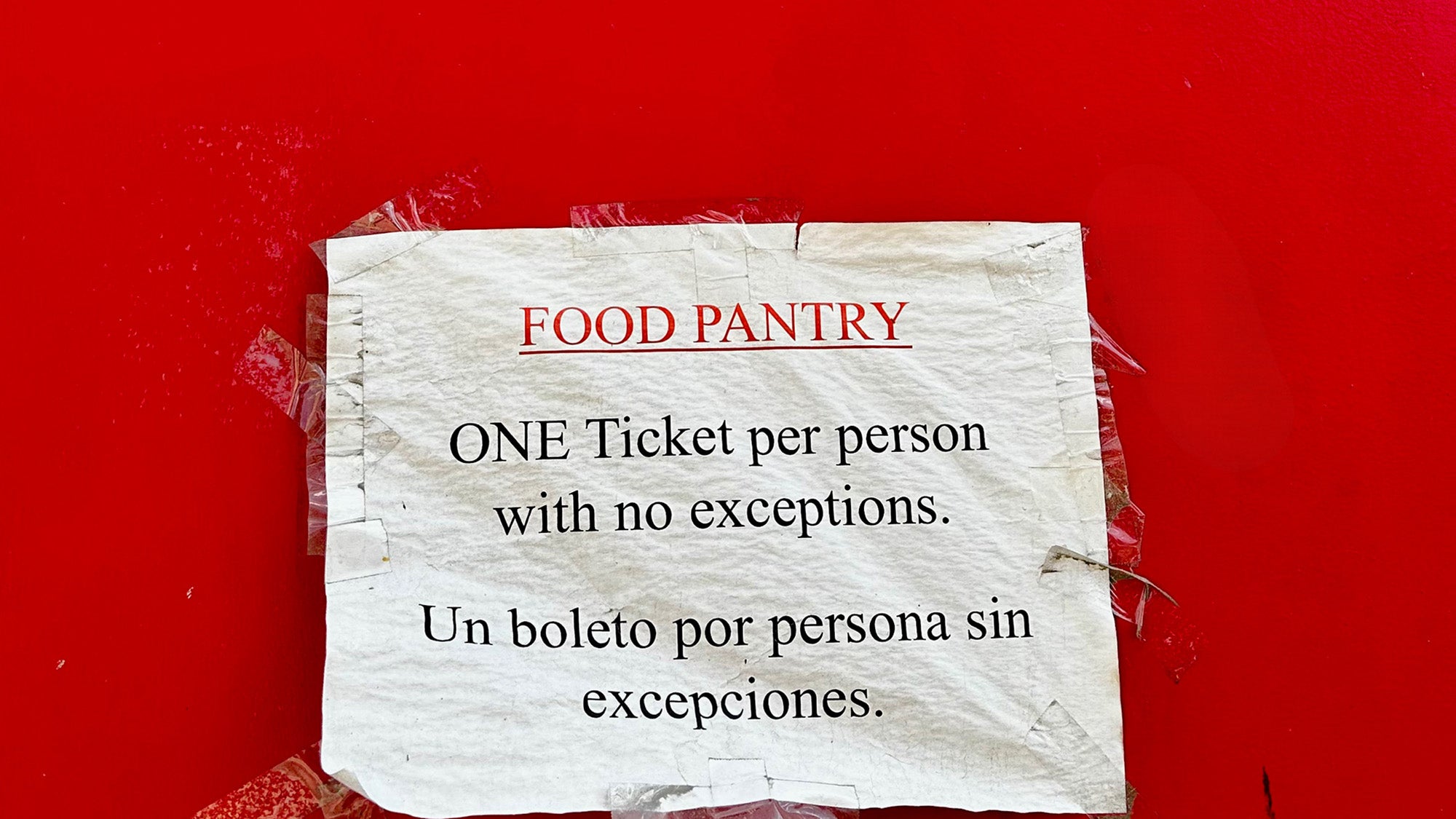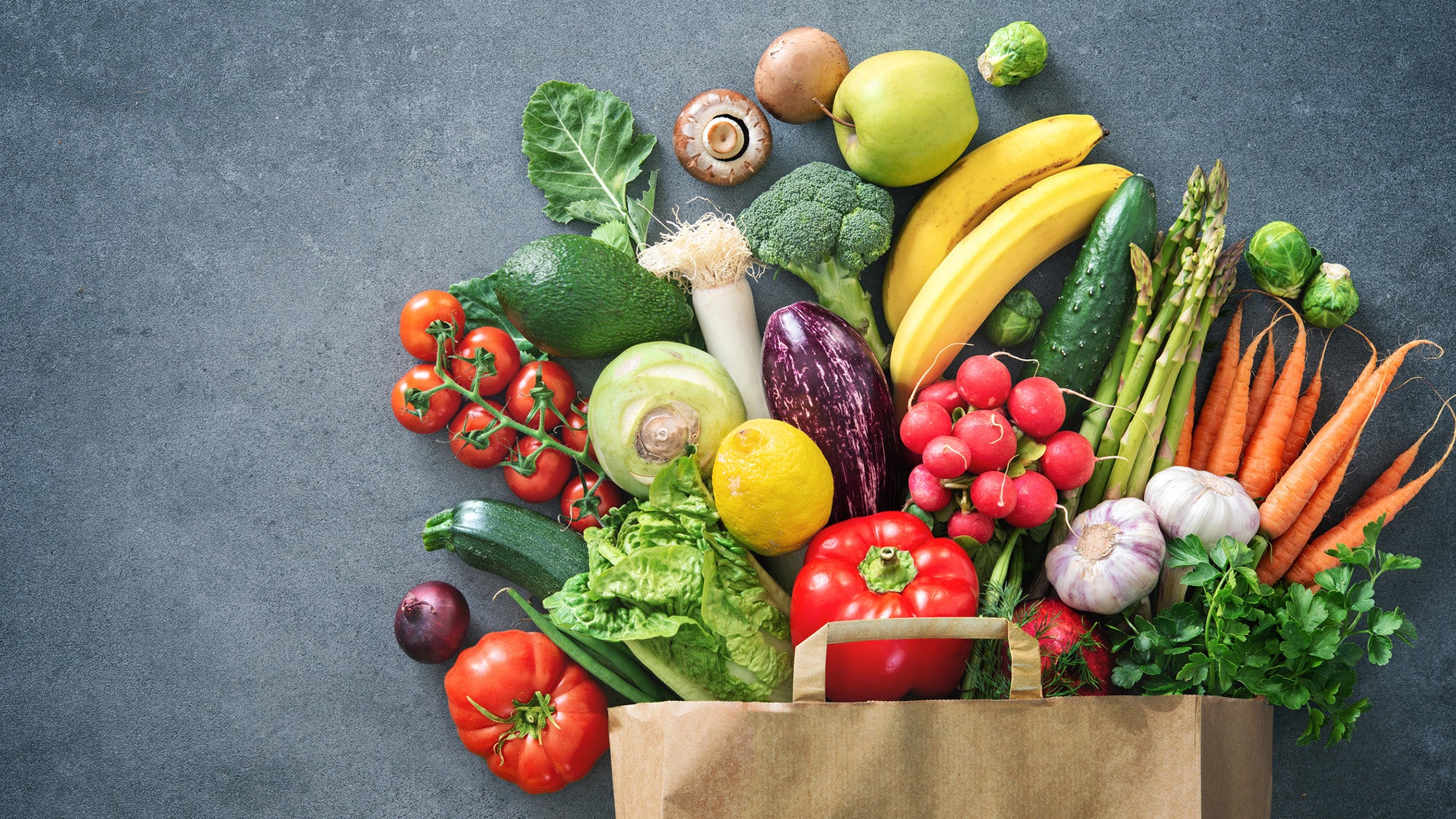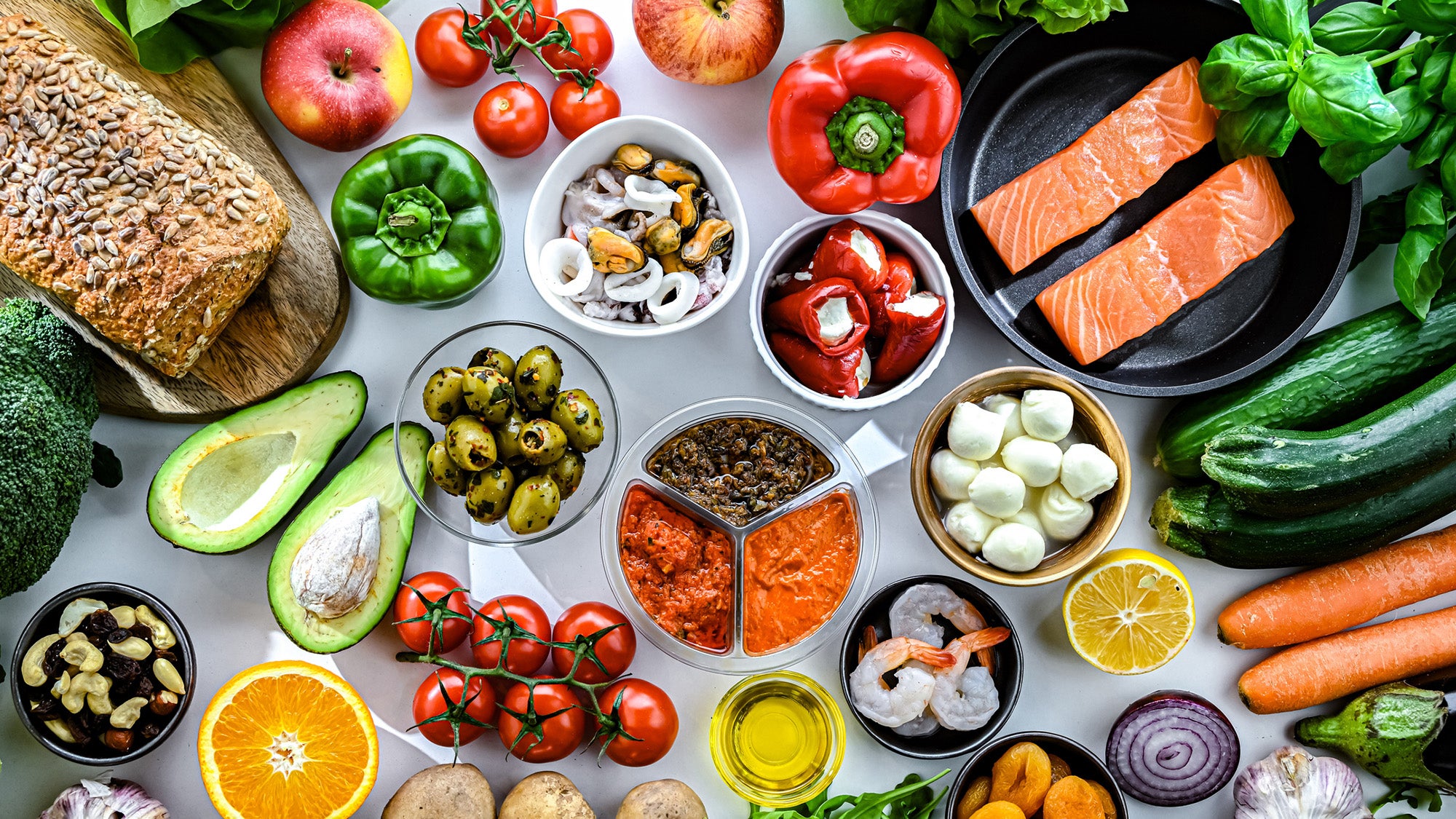Food insecurity increased later in pandemic

Household food insecurity in the U.S. declined early in the COVID-19 pandemic, but exceeded pre-pandemic levels from 2022-23, according to a study led by researchers from Harvard T.H. Chan School of Public Health. It was published Sept. 5 in JAMA Health Forum.
Using a nationally representative sample of data from the University of Michigan’s Panel Study of Income Dynamics surveys, researchers found food insecurity rates remained unchanged from 2019 to 2020 (10.5%), dropped in 2021 (10.2%), and then increased in 2022 (12.8%) and 2023 (13.5%).
“The expiration of economic supports and reductions in federal nutrition program benefits likely contributed to these increases,” the authors wrote.
Harvard Chan School authors included Elise Sheinberg, Nour Hammad, Alessandra Uriarte, and Cindy Leung.
Read the JAMA Health Forum paper: New and Recurring Food Insecurity During and After the COVID-19 Pandemic
Read a University of Michigan press release: New paper tracks changes to food insecurity during the COVID-19 pandemic


